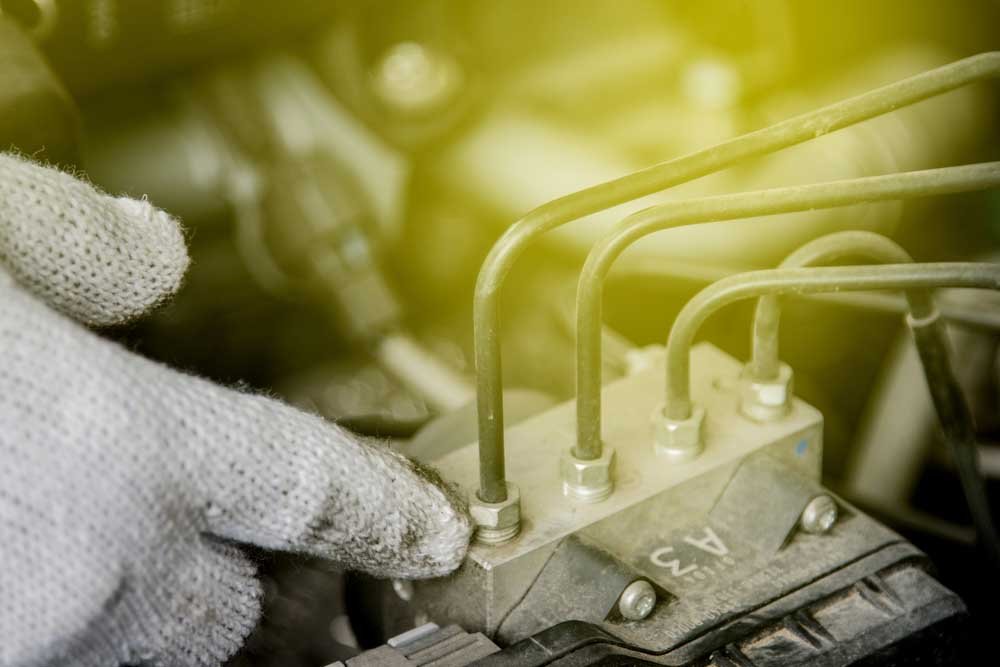ABS Brake System technology is relatively old technology. The technology has been around for around a hundred years. First implemented on world war two aircrafts the anti-skidding technology has come far. The earliest record of using anti-braking system in automobiles can be around the 1920s. However, the technology wasn’t embraced by the industry until the 1990s.
The ABS systems have been commonplace in vehicles only recently. This was obviously a step forward for the industry. When the manufacturer prioritized safety more they addressed a key issue that has been plaguing the industry for decades. They addressed the key issue of your car skidding in tight braking situations and on slippery roads.
The ABS system might sound like complex technology but trust me it’s mechanism is quite simple. When you apply your brakes hard, your wheels get locked in place and your car starts skidding. You don’t really have any control over where your car goes in that situation. What ABS does is that it monitors your individual wheel speed. It analyzes the speeds with its wheel speed sensor and regulates the braking power on the tires via the ABS control module. This way you have your steering control even when your car is skidding.
ABS Braking System Classifications
Normally the ABS system applies master cylinder hydraulic pressure to all the brakes. The pressure is applied in pulses as soon as the system reads a skid. So the ABS system is usually broken down into three different types. These variations depend on the number of valves and speed sensor used in the system. The following are basic descriptions of the three types of ABS braking systems.
Four channel-four sensor ABS, this is a system boasting 4 valves and four sensors. Each wheel has a dedicated sensor and a valve to regulate the pressure.
Three channel-four sensor ABS, this means that there are four sensors for four wheels. However, there are only three valves for regulating the pressure. Each of the front wheels has separate valves, while the rear wheels share a single valve.
Three channel- three sensor ABS, The last of the ABS systems. It uses a valve and a sensor each for the front wheels while reserving one valve and one sensor for both the rear wheels.
One thing you might experience, are pulsations when holding the brake pedal down. This is a normal phenomenon. You should never let go of the pedal during that time as it may turn out to be fatal.
Advantages & Disadvantages of an ABS Braking system
Disadvantage: One of the disadvantages that most people tout around is the fact that it’s a bit expensive to buy a car with ABS systems installed. However, it is relatively cheap to buy a car with ABS Systems as manufacturers have grown more efficient and cost-effective with the technology.
Advantages: Well, you already know them. It lets you have steering control even when your car is skidding. As well as an additional 10% more reduction in braking distance. Overall a great safety upgrade that you should not overlook when buying your car.






